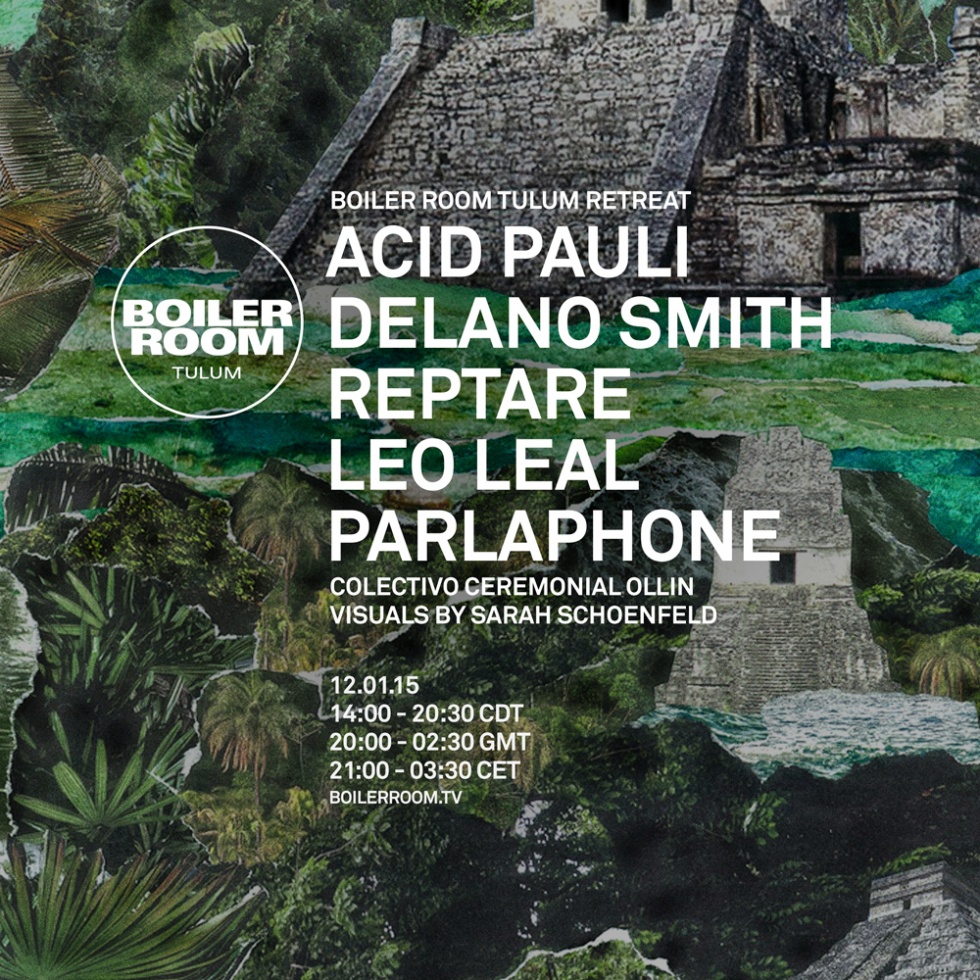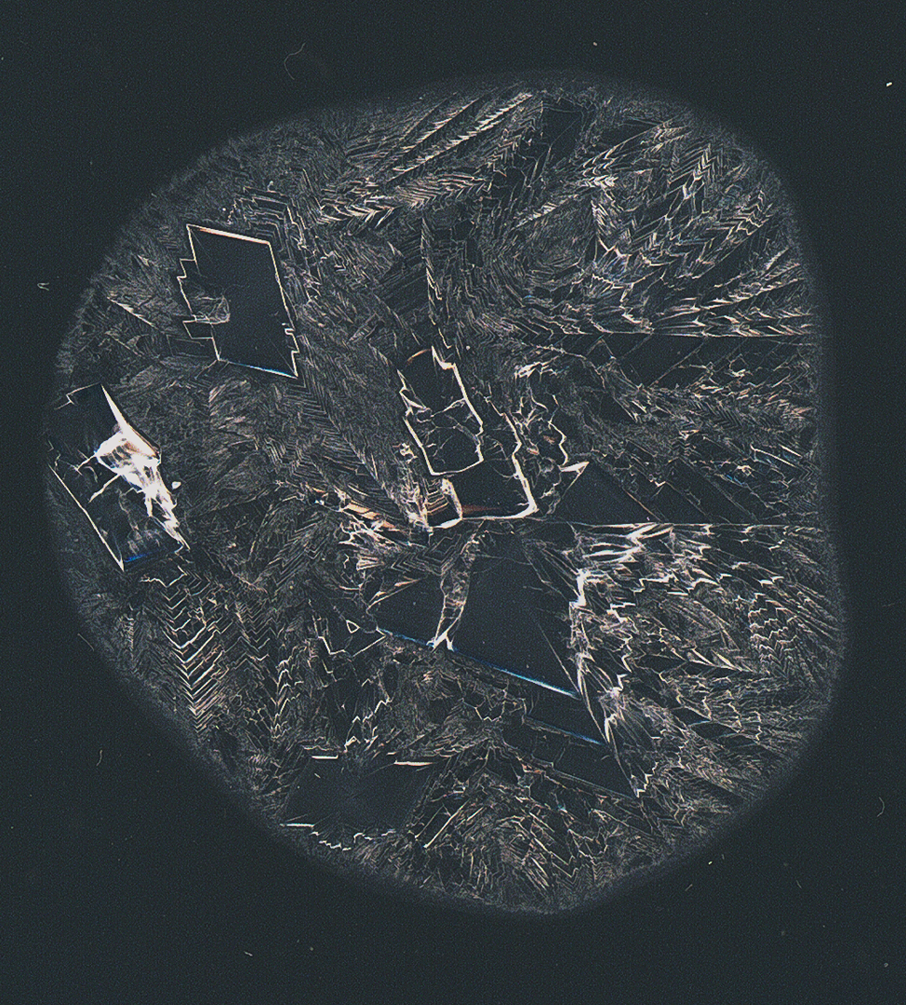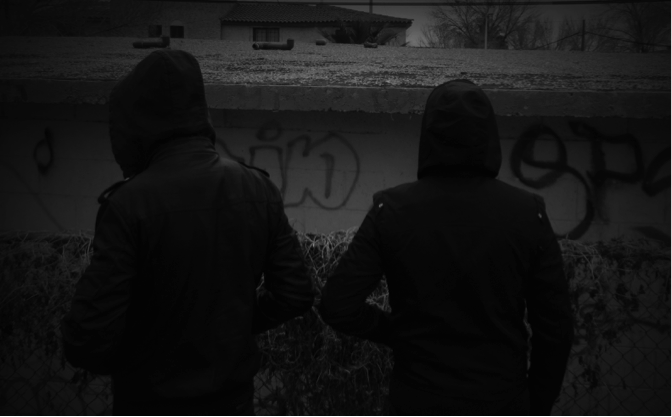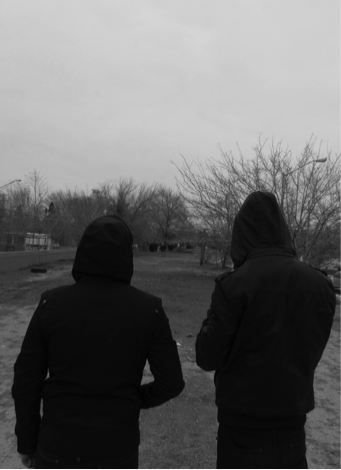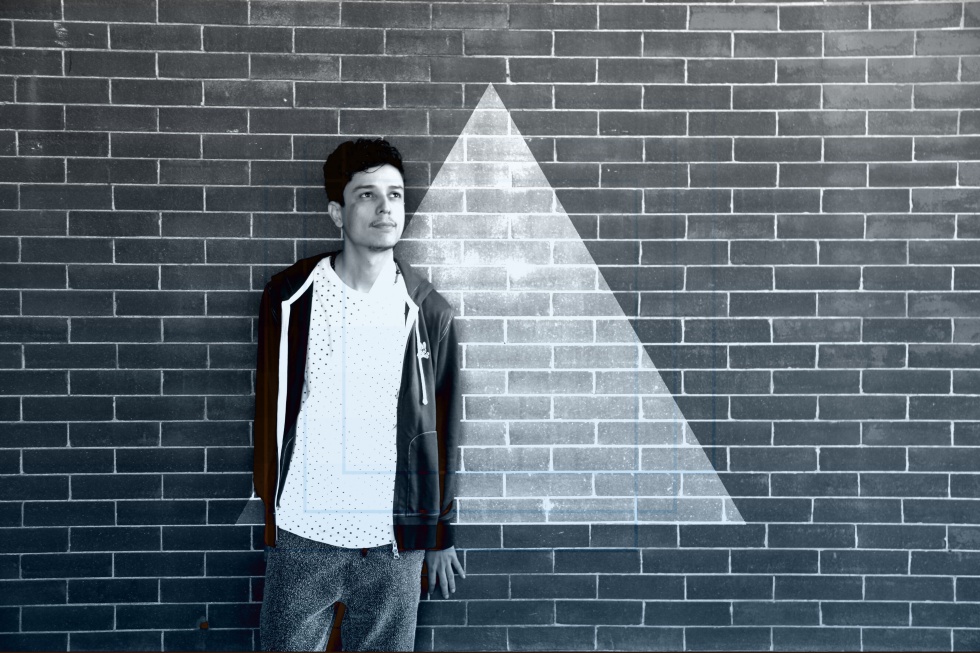It is no secret that during the new cycle festivities and happenings around the Mayan Riviera an uncanny aura radiates from a specific Caribbean coastline, magnetising the musically sensitive profiles around the world to congregate as one in the jungle; a reinterpretation of a cosmic gathering that seems to break time and space.
More than 4000 years ago, the ancient Mesoamerican civilisation of the Mayas critically entrenched their place in the celestial realm via their interpretation of time and cycles, bringing them a flawless synchronisation of rituals and universal happenings for modern day society to unravel through the only fully developed Pre-columbian writing system. The religion and rituals that underpin Pre-Hispanic Mexican polytheist schemes like other pre-classical cultures in the world, have always been intrinsically linked to music and dance guided by the ancient music/time authorities.
Far away from these supernatural wonders, most of modern mankind is found within an inevitable overflow of information through publicity, data, noise, and images of urban routine, yet we seem to repeat the same cycles nevertheless; contemporary rites still consist of dancing under dim light to looped soundscapes vibrating in the same musical frequency to achieve sublime trance inducing states. Today, both local and foreign sound indulging devotees inherit the affluence of these rituals left by the ancient Mayan Holpop time agents to resuscitate their enlightened psyche through dance and electronic music in the Yucatan peninsula; the ancient gullet to the underworld.
It is in great order to reinvigorate these ancient ceremonies through a new cycle by bringing both ancient philosophies and rites with a 21st century relevance and context induced via modern day disclosures; our very own Boiler Room Tulum broadcast. After a year by year reoccurrence of both national and international behemoth figures taking over the musical baton in this tropical riviera, it is clear that Tulum unlocks a sub rosa color in the performance of artists; breaking all geographical and cultural restrictions through music as universal language.
This years edition of the broadcast will serve as a real-life and virtual canvas to showcase the jungle-induced split personality of the cultural minister Acid Pauli, Detroit maestro Delano Smith, Juarez somber techno duo Reptare, Unike Muzik label founder Leo Leal, and Sinaloa’s underground phantom Parlaphone to successfully assemble a fervent legion for our annual journey into the apocalyptic furor of Mexico’s awing jungle summit. In addition to the musical roster, experimental photographer Sarah Schoenfeld, artist known for her artistic contributions in Berlin nightclubs like Berghain, will present an output of her acclaimed photo negative series portraying several chemical compounds and recreational substances in real time throughout the stream to successfully implement a different broadcast format through transitive sound embodying images.
Parlaphone is one of those artists who creatively bathes in basically anything you can think of: From cult films and graphic design to piercing hard rock. The Sinaloa artist has been an unnoticed black hole of contemporary creativity pushing subversive results for a while. This wallflower of the norteño territory seems to break all pre-conceptions about the region through a haze of melancholic yet dance-friendly aural debauchery; a natural candidate for our Rivera Maya broadcast.
Parlaphone sat down with us around a nocturnal bonfire in Tulum, where he lectured us about the electronic scene in Los Mochis, the power of bass, and more.
BR LATAM: Youtube’s suggested channels for you are Beethoven, the singer/songwriter Patrick Watson, the master piece Idiotique from Radiohead, the final scene from The Good, The Bad, and The Ugly, and Reptare. Is there some kind of conjunction between all of these miscellany?
PARLAPHONE: To tell the truth, I find that very curious since I really love all of the things you have mentioned. I believe it has something to do with the people who visit the channel. Maybe we have very similar tastes. In one way or another we are all connected musically speaking.
Los Mochis is a city known to be one of the greatest agriculture emporiums of the country and for having a fairly good quality of life, but it is definitely not a city specifically known for its electronic music exports. Could you tell us about how artists of your musical tint coexist in this region of the country?
Los Mochis is a pretty rich city in too many things and one of them includes music. We all know that this region is predominated by norteño and banda music, but if you talk with any musician of this type they all have rock in their blood. Maybe they choose this musical road for being the most popular among the people and because it is the type of music that helps them the most economically speaking, but it’s there nevertheless. You just have to lose your fear of creating, most of all the fear of criticism. Los Mochis has a lot of incredible talent with a lot of great ideas and the most interesting thing about it is that even though its a small city, you can meet all of the musicians there, no matter what genre they are associated with. We all get along just well. The electronic scene is slowly growing but that will change real soon. I wouldn’t be surprised if a lot of projects come out into the spotlight in a close future. New collectives will arise to support the scene like Aerodream. They have been feeding the scene for a while through their shows.
Your track “Contracorriente” is definitely a very bizarre creation. Since we heard you have a strong hard rock influence, in other tracks with other not so obvious references, how does this hard rock essence abide in your music?
Influences can’t be hidden. I love bass and distortion, even more arrhythmic drums accompanied by a good, deep, and simple bassline. They simply transport me to a place that I like to be. Also, it was bass guitar that initiated my musical career. I started out recording lo-fi samples, downloading beat loops, implementing synths, and then mounting everything in Cool Edit. I would play bass on top of those mixes and that’s how my first mixes came to be. Because I already owned a bass guitar, some friends invited me to play in a cover band. After some other friends asked me to play original material I switched to vocals after playing bass for a while; all of that being around hard rock. I think all of these experiences are now impregnated into my music, its like an equilibrium between passive and aggressive feelings.
You released a music video directed by Daniel Borg and Michael Wilbourn entitled “My Welcome Intruders” two years ago. It is a perfect example of how your music has a very cinematographic sense throughout your extended sound narratives. Since you’re also a designer, what role does the visual field play in your music?
It plays a huge role actually. Whenever I listen to music or play a note, my mind is full of images, landscapes, moments. That’s why I like to accompany everything I do with videos or visual content. I like cinematography, photography, and animation a lot. Using all of this in the same project to represent what I have in my head seems to be a perfect opportunity. That’s why I do those blends for a living. Lately I’ve been collaborating a lot with other designers and graphic artists like Ismael Fino, Erick Escalante, Rafael Parra, Alberto Beltran, Meel Cerecer, and Rocío Giorgi. It is something I really enjoy; expressing and communicating.
What exactly does this video portray?
The video is about a young couple where the girl moves to work far away, leaving a lonely guy who’s with his imaginary friends helping him to not get depressed.
We hear this is your very first time in the Mayan Riviera. What are your first impressions of it?
I’ve been told a lot of really great things about this place. I feel it’s a truly mesmerizing place, full of magic and mysticism; a place full of history. You can feel it in the air, inside the jungle, walking on the beach. It’s a place where one can find inspiration easily.
We just showed you the work of Sarah Schoenfeld, who will be presenting a series of animated images throughout your set at Boiler Room Tulum. You being a visual artist as well, how do you feel about this collaboration?
They are absolutely incredible. It’s like seeing through a microscope, like looking at something very closely. Her work feels like a universe within another universe. I wish I could collaborate with her in a close future. I really hope she reads this heheh.
***
Berlin visual artist Sarah Schoenfeld is someone that has been depicting nocturnal lifestyles in a very particular way. Through her acclaimed substance collection, Schoenfeld has been portraying certain compounds that accompany the night plus other natural catalysts through dropping these substances on film negatives unveiling one of a kind prints of the very nature of these. The collaborations of her work in Germany’s Berghain, OstGut Ton’s Answer Code Request, exhibitions in Hamburger Kunsthalle, and other different galleries are proof. This year, the artist presents a very special series of Mexican chemical pharmaceuticals to represent general indigenous healing knowledge as a follow up to her previous work through our Tulum broadcast.
***
Hailing from the state of Chihuahua, a territory that nourished some of Mexico’s front runner outputs like Pettro and Daniel Acosta, the techno duo of Reptare has been recounting gloomy sound textures through international channels like Nottingham’s Back to the Future imprint. Not much is known about their upbringings or personas, since their 707 rim shot and dim atmosphere-bathed narratives speak to a complete extent for them.
Reptare answered a few brief questions unveiling the general misconceptions of Ciudad Juarez and portraying their simple approach to making their very own spice of sound.
BR LATAM: Reptare seems like a sombre project in all of its possible angles: its musical aesthetic, your eclipsed and somewhat anonymous identity, and a low-key profile media output. Where does this darkness come from?
REPTARE: We like our low profile; everything is about the music. No image at all, maybe that can be perceived as darkness by some.
What role have alternative dance genres like techno played throughout the years in comparison to local/popular culture of Narco-corridos and their respective concepts?
The electronic scene in Juarez already has an extensive trajectory, but like anything else, it is still evolving and solidifying itself. The Narco-Corrido culture has been growing in an enormous matter in all Mexico, not only Juarez, it is simply another public.
Within the notorious social and political controversies in Ciudad Juarez, how do artists like you coexist with a so-called “culture around death” that is portrayed in Mexican media?
We do not believe there is a culture around death. Foreigners have a completely erroneous image about Juarez. What is true is that the electronic music diversity of the city is very limited; most of people look at the same angle.
How do you find diffusion and presence (as anonymous as it can get) within a limited amount of regional outlets and record labels?
We really don’t look for diffusion or anonymity; everything just comes by naturally and real. It’s what has been happening on its own but it is important for us where our music is commercialized and if the concept of the label is original.
***
Leo Leal is one of the busiest guys in town. In recent years, the Monterrey based artist has built a prosperous output structure through his dexterous Unike Muzik label magnetising the ears of Dixon, Super Flu, Âme, Maceo Plex, and a mouthful of other top players through a noteworthy palette of sound textures; soul-infused house music that places Mexico on the big map.
We exchanged voice notes with Leonardo during his ornate itinerary to chat about Mexicanity, super natural energy, and the foundations of his Unike Muzik imprint.
Being a classically trained musician from an early age, how has your academic schooling changed your approach to making dance floor-targeted music?
For my particular case, it has always been truly enriching. When I was very young, I always had the opportunity to have an instrument at home to play with. I took lots of piano classes for a while. My mother was the director of an international festival that brought all kind of artists: pianists, violinists, dancers, and all kind of art crafters. For me, it has never been restricting at all; it’s the other way around. To create music that ends up in a dance floor scenario has been more about expressing a specific moment or memory; it’s an energetic escape. I’ve always done everything from the heart. *Chuckles* I actually never followed any rules. It’s all about tact. It is always a plus to have proper musical knowledge but sometimes they are never really practical in the field – it is more about knowing yourself and your specific goals. It’s about reaching a point where you can translate all your ideas to a dance floor with all the energetic tensions and connections with the people that are listening to you. For me, it has always been something in my favour.
“It is indispensable to be pure, not only in music but also as humans that play a distinguishable role.”
How do you maintain creative processes loyal to your artistic impulses coming from being a trained musician?
I’ve used all sorts of sequencers, analog + digital synths, from an organic instrument to something like a teacup for percussions or a glass of water, to stones and other miscellanea and I think it is safe to say I’ve never actually followed a certain formula. I’m like a kid playing with a soccer ball. I always try to find myself conformable in the space where I am working and let the magic flow. I do not have a certain process even though I do reach out to my own techniques. But at the end of the day, it is always about establishing a very strong connection with my creative side. Flow. I never just sit down to program a drum machine for hours or spend a lot of time looking for a really specific sound. Sometimes I do play around with my Moog, Nord synth or piano, but normally I follow a very senseless path to finish a song. Later on in the production I find the road to the finish line. Nothing makes sense in the beginning; I just determine where I want my music to go, without knowing how to do it. Hehe, it might not make a lot of sense but anyone who makes music probably understands this part of making music.
“It’s a gift for me and for the rest of the Mexican people to be here and now. It really is.”
How do labels that are critically dependent on foreign talent like yours outlast in Mexican soil?
I’m Mexican, a citizen of the world, but nevertheless a Mexican soul. I lived in New York City but recently came back to the north of the country, Monterrey. For me, releasing music digitally, pressing vinyl, and curating parties does actually pay off and I’ve been able to make everything in the label self-sufficient in a way. Not only do you have to invest monetary value into these kinds of projects, most importantly you have to invest a lot of love and dedication into them. Yet I must say it has been difficult to do so here in Mexico though. The business revolves around a market abroad. It’s about putting your information out there. I’ve done some showcases in Texas, New York, Chicago, Minneapolis, and those kinds of opportunities keep my record label breathing.
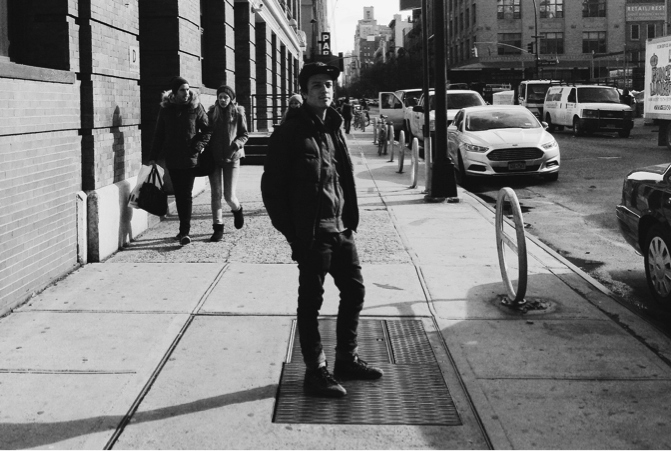
“ ‘Mexicanity’ comes from the self-love out of what we do; the way our culture works in its very own way”
Within Mexico, many artists claim that super natural charges awake new personalities within them, specially for foreigners. What do you think is the root or reason behind this magic of the country?
I firmly believe that Mexico has always been an important epicentre of energy. We’ve always had a certain folklore and personality in our land that has made our country magical. A lot people feel that way about it and it is one of the main reasons why I am back in Mexico now. It is something remarkable for both locals and foreigners. Whenever you leave the country you miss Mexico’s colors, its essence, its people, its noise, its sea… You can see this elsewhere in the world, but Mexico is a one of a kind of its species. We have deserts, mountains, cenotes, the lists goes on forever… We have everything. I believe the reason behind what you say has a lot to do with what we Mexicans do in this magical place, and the spice that comes from what we do. It’s also about Mexico’s position in the universe, regarding its relationship with other planets. It’s a gift for me and for the rest of Mexicans to be here and now. It really is.
Finally, in what way do you preserve your Mexican selfhood?
I believe that it has to do with everything. My sound obviously does not come from Mexican instruments but the rhythms I create can be considered very Mexican influenced in conjunction to other native influences from other countries like Africa. Mexicanidad or “Mexicanity” comes from the self-love out of what we do; the way our culture works in its very own way. That’s what I translate to my very own music. It is full of introspective, very folkloric, very colorful, very happy, and dramatic just like Mexicans but in a proactive way. I think that’s the way my music maintains that “Mexicanity”. Everything that I’ve lived here in Mexico, what I’ve learned, how I’ve grown, and what I keep doing will always have a strong Mexican root. I would never change that for anything. Like I’ve said before, it is all about feeling pure and not following anything rather than what you really want to express.
Head across to the session page HERE to watch the stream.
